Grinding, blending, and finishing welds is often expensive. Equipment, abrasives for metal and man-hours — and impacts quality.
To reduce costs, many metal fabricators strive for smaller, more-precise welds and turn to specialized abrasives that quickly grind welds down and blend them out with consistent, quality finishes in as few steps as possible.
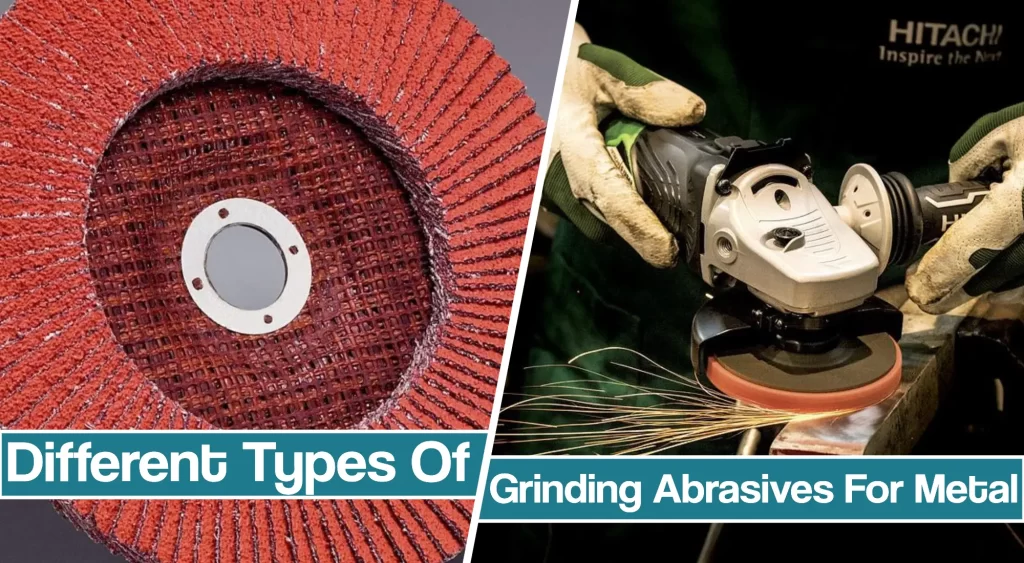
Coated-abrasive Fiber Grinding Discs
For weld grinding, blending, deburring, and finishing, fabricators select fiber discs with coated abrasive grains that produce exceptional cut rates. A choice of high-performance gains and premium-quality discs are available.
For instance, sol-gel abrasive grains, such as St. Paul, Minn.-based 3M Corp.’s Cubitron, a ceramic aluminum oxide, are top performers.
These grains grind fast, cool and long in many metalworking applications because they are self-sharpening. As their microcrystalline structure abrades the surface of a workpiece, worn alumina crystals are expelled, revealing new cutting surfaces.
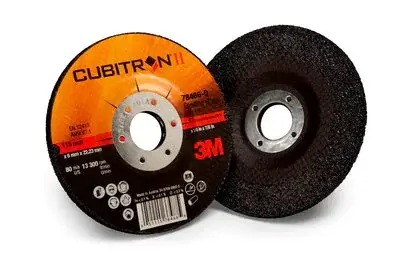
In addition, manufacturers often add metal-oxide modifiers to change the microstructure and, thus, the grinding performance. So in effect, sol-gel abrasive grains are tailor-made for various applications.
Because of their fast cut rates and shelf-sharpening features, sol-gel ceramic formulations grind, blend, deburr and finish welds on a variety of metals. A self-lubricating formulation improves finishes on stainless steel and steel alloys. A versatile premium product provides finishing on carbon steel, mild steel, and cast iron.
Other abrasive grains include a self-sharpening zirconia alumina for aggressive cutting. It withstands heat, but can cause glazing (metal sticking to the grain) unless users apply sufficient force to fracture the grain fractures and trigger, resharpening.
Zirconia aluminia grains excel in applications where high temperatures and pressures are present and for heavy stock removal.
Aluminum oxide grains are less aggressive than zirconia alumina ones, so less pressure is needed to prevent glazing. They work well for general purpose applications on mild steel, some carbon steels, stainless steel finishing and aluminum.
AVOS Grinding Discs
Some metal fabricators use AVOS (Allows View of Surface) fiber discs. These “see through” abrasive discs have holes that allow operators to see what they are grinding.
The discs also let operators hold a grinder at a 5° to 15° angle for a cutting surface that is larger than those produced by the 45° angles of other products. In addition, the flatter angles permit aggressive cuts for increased stock removal and produce smooth surfaces with less gouging.
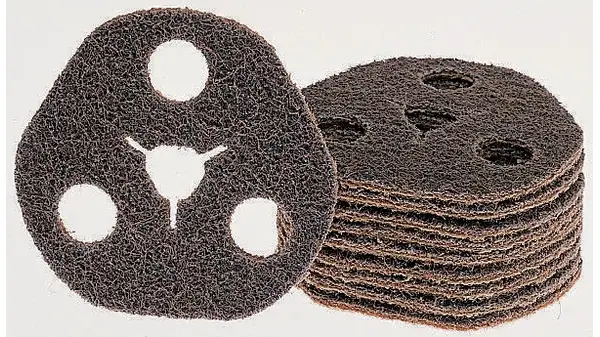
According to some suppliers, AVOS discs cut 25% cooler than conventional ones. The disc AVOS disc’s design and the airflow its rotation generates create a venturi effect, which is a thermodynamic phenomenon that directs heated air away from the grinding zone.
The airflow also pulls away loose abrasive and swarf to improve grinding efficiency and extend the disc life as compared with conventional discs.
Grinding Wheels For Weld Grinding And Heavy Stock Removal
For heavy stock removal, including weld grinding, beveling the joints, fiber discs with ceramic formulations, such as 3M’s 985C Fibre Disc, quickly remove metal and reduce cutting time. In fact, 3M claims this disc works 50% faster than competitive brands.
Depressed-center wheels with ceramic aluminum oxide or a zirconia alumina blend for stainless and ferrous metals are another choice for heavy stock removal.
These wheels with a combination of ceramic-alumina and zirconia-alumina abrasives are suitable for a range of metals, from alloys, to stainless steel, to gray iron to nonferrous metals. And manufacturers say, they cut 50% faster than aluminum-oxide wheels.
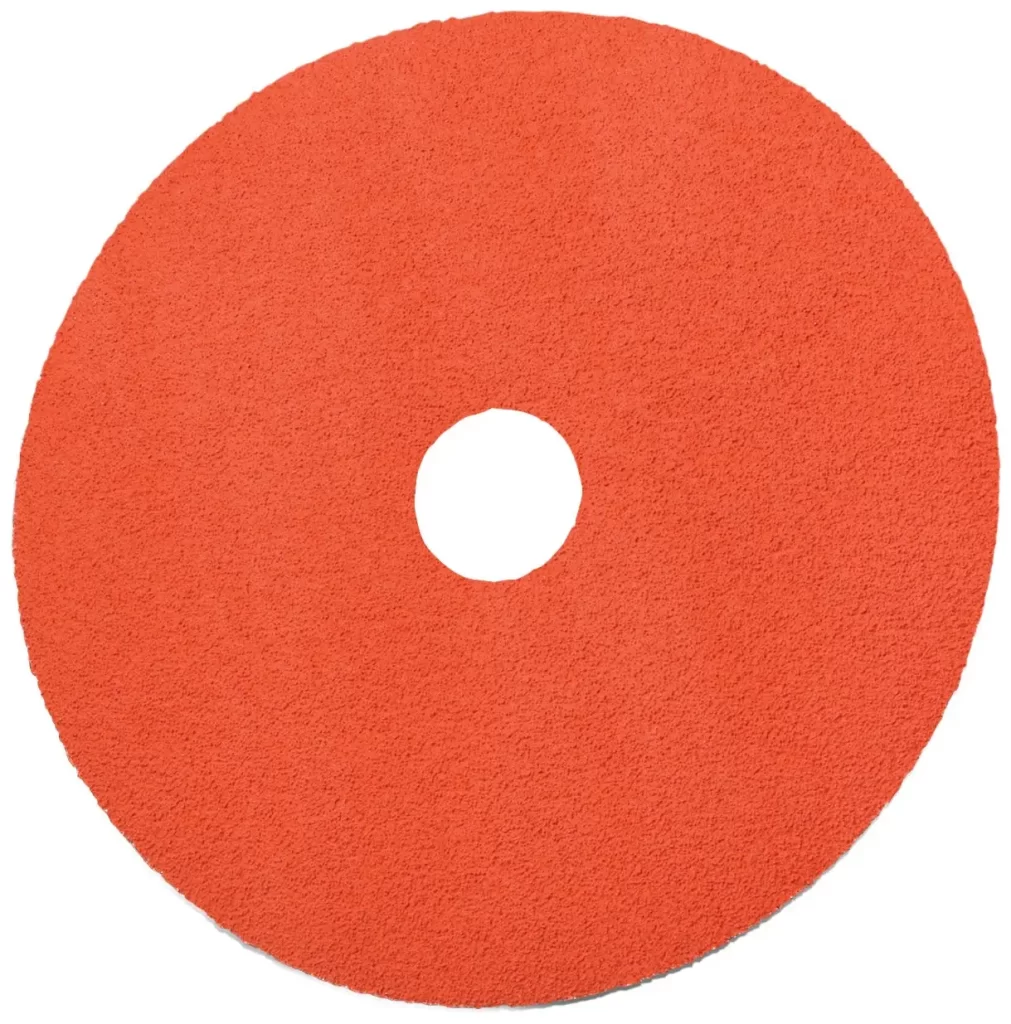
With a high percentage of zirconia alumina abrasive blended with aluminum oxide, wheels deliver twice the service life of aluminum-oxide-only products and provide a good performance-to-price ratio at less total cost, claim many manufacturers.
And, economical aluminum-oxide depressed center wheels in various formulations cover many applications.
In the mid-performance range, depressed-center AVOS wheels have aluminum-oxide grains formed into special patterns. These convex patterns supply the same benefits of AVOS fiber discs.
To get the maximum performance from a depressed-center wheel, manufacturers recommend running a right-angle grinder at the highest speed marked on the wheel and at the correct angle.
Most grinding wheels and discs perform best running at the specified angle or within a range of angles. Exceeding maximum recommended angles damages wheels and discs, so users must always refer to information supplied with the grinding product to determine the most productive and safest grinding angle.
However, don’t forget that you need a quality angle grinder to perform adequate heavy stock removal. A weak electric motor in an angle grinder cannot sustain the necessary torque, which results in more effort on your part and wasted time.
Blending and Finishing
Coated-abrasive flap discs are gaining popularity in weld blending and finishing because they complete the tasks in one step with medium-to-light stock removal.
For stainless steel finishing and ferrous metals, ceramic-aluminum and ceramic and zirconia-alumina-abrasive-blend flap discs apply to stainless and carbon steels and are available in two configurations: flat (Type 27) or conical with an angled face (Type 29).
Mid-performance flap discs with zirconia-alumina abrasive last much as 30% longer than aluminum-oxide products, state suppliers. In addition to these two configurations, manufacturers offer high-density, jumbo (thicker) models that are more robust than standard Type 27 discs and last as much as 40% longer.
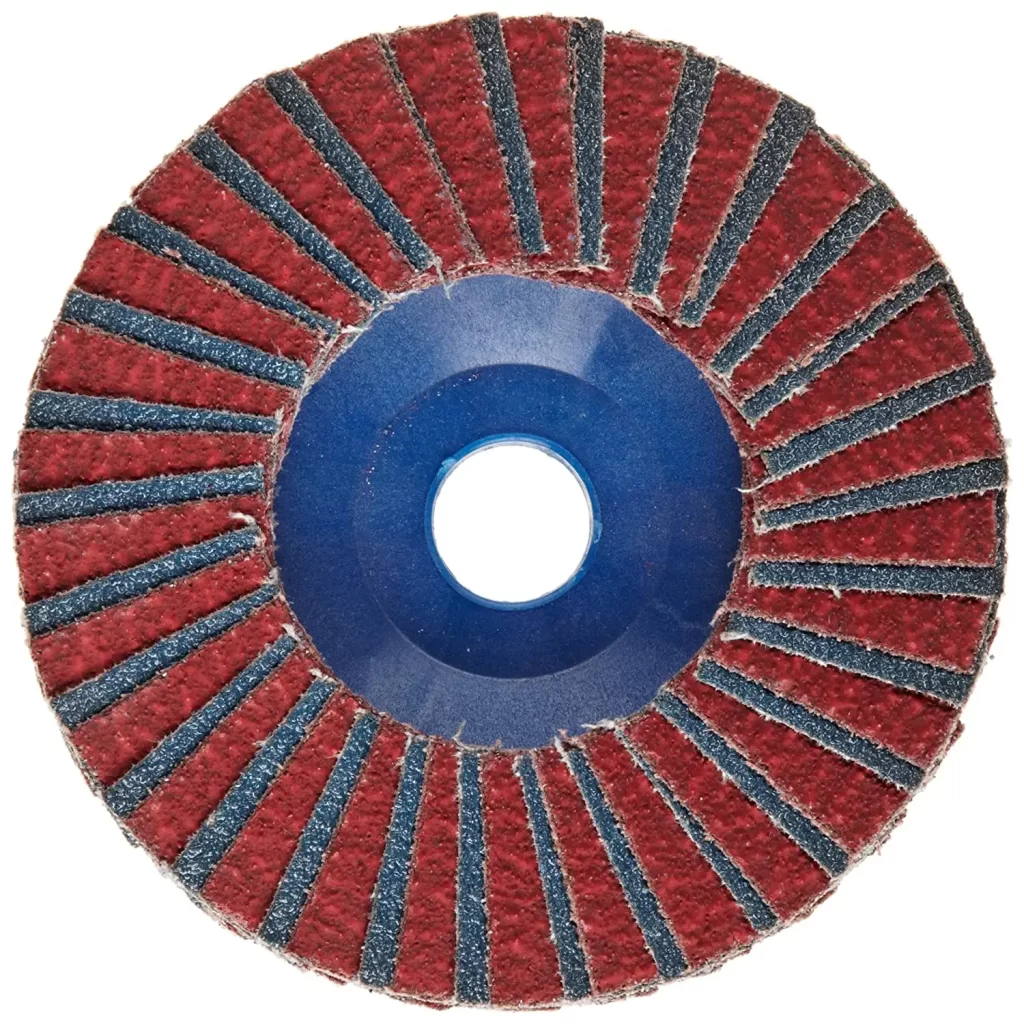
Conical flap discs are intended for more-aggressive grinding than flat grinding discs, while flat flap discs are the better choice for fine finishing.
High-performance zirconia-alumina flap discs offer a combination of fast stock removal and fine finishing.
For surface preparation and cleanup, including the removal of rust and corrosion, light weld spatter, and mill scale, shops should use strip discs and depressed center wheels made with open webs of thick synthetic fibers and extra-coarse abrasives held together by a smear-resistant adhesive.
These products conform to complex part profiles and uneven surfaces while minimizing grinder loads.
Metalworking safety
Moving toward precise welds and less material removal does not diminish the need for metalworking safety precautions.
All shops should use the appropriate personal safety equipment and match the abrasive to the equipment and the job. Grinding creates metal and abrasive particles, sparks, and dust, so safety glasses are paramount.
Protective gloves, leather aprons, and respirators, such as dust-control systems or masks, are also important. If a grinding wheel breaks during use, operators may need protection from any shrapnel flying off the wheel at high speed.
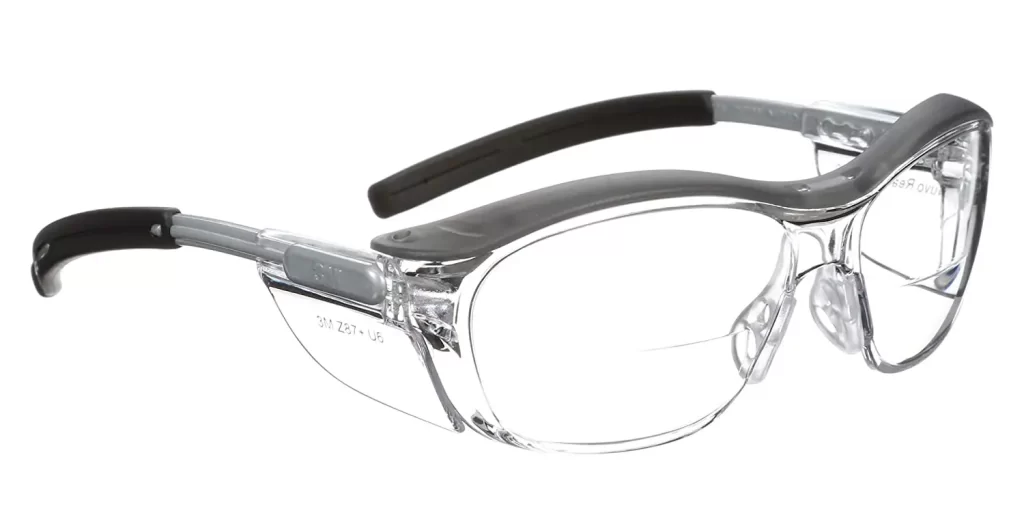
Since grinding can be noisy, operators should wear hearing protection when noise exceeds mandated thresholds for loudness and duration.
Matching the equipment, the abrasive product, and the job entails more than simply picking up a catalog and selecting a wheel or disc listed for the particular application. The product must fit the machine being used in terms of size and speed, so the right size wheel runs at its recommended speed.
In addition, guards should never be altered to accommodate an oversized wheel or disc. Shops should also inspect every wheel before use and test run then for a minute while standing out of the plane of rotation or holding the grinder inside a steel barrel. This test finds cracked wheels before they break and injure an operator.
Operators need to know how to mount abrasive devices correctly, making sure guards are positioned correctly, and keep spark streams from hitting another person or flammable materials.





